Sculptural work of Molteni two formative moments are found essential for understanding the genesis of creativity and progress of originality: the tradition of the engraving wooden root of Lombardy, and even more precisely Cantù, along with lecture and - History - closer teachings of the masters of Italian sculpture of fi ne nineteenth and early twentieth century, including all the echoes emerge liberty derived from realist sculpture by Ettore Ximenes (1855-1926), a reinterpretation of the lesson disheveled Giuseppe Grandi, Leonardo Bistolfi, but especially , the brightness of the subject of Medardo Rosso.
During the first half of the twentieth century, Cantù bustles with the presence of culturally different fi gure artists like: the eclectic artist Ugo Bernasconi (1874-1960), signed the "Manifesto of the Anti-Fascist Intellectuals", the poet and literary critic Hector Brambilla (1866-1924), one of the founding of the Fasci Combat Piazza San Sepulcher in Milan in 1919, Carlo Arnaboldi (1868-1952) Director of the School of Art until 1931, the twins Charles and Louis Rigola, taken by Ludwig Pogliaghi "his best students," the sculptor Carlo Porro (1908-1989), Osvlado Maffeis (1917-1954), Eugenio Rossi (1905-1970), Norberto Marchi (1914-2002), Mario Ronchetti (1922 -).
And it is thanks to the leading role of Bernasconi, linked to the School of Art, which were formed many workers Cantù art and craft of wood, in a surge of registrations in his mid-thirties, thanks to the lessons of Norberto Marks, teacher and student of wood technology. And it is between 1955 and 1975, during the years when Molteni was gone physically, but culturally, that Cantu has lived the richest moment of appreciation of artisan culture, as confirmed by the showcase of the Selective and International Exhibition of Furniture helping to launch wood-furnishing designers and fashion designers on the international scene.
The last decade of the nineteenth century, still in itself different artistic aspects accrued throughout the century: the Neoclassical and Romantic residue, the reasons academicism celebratory rhetoric mixed with heavy monumental, the energy of the rich influences of Impressionism and Realism late romantic. These partnerships are poured on the new century, creating a rich chapter on research and technical expression with results far from schematic and singular, which do not allow to give a precise definition of this new artistic season, defined as liberty opment divisions or divisionism realist, realism, symbolism and futurism of realist with floral accents and together divisionists.
Ferments are multiple buttons, contrasting and overlapping at the same time, full of tension as the social and political movements of those years. For example, it is interesting how, in 1908, Ardengo Soffi there, strong supporter of the sculpture of Medardo Rosso, defines Bistolfi Leonardo (1859-1933), essential character of the sculpture of the last quarter of the nineteenth century: "Bistolfi is neither an artist honest nor a good sculptor of one lacks the manly candor and penetration, the vigor of the other in executing the work, and even the sense of the material it employs and the profession. It is clear from this example and many other quarrels, as the process of evolution of Italian sculpture has had a key experiment, on the contrary has been the site of tension between tradition and modernity.
This requires to consider and recognize the analysis which traces the history of the early twentieth-century sculpture, the complexity, diversity and contradictions of all those sculptors who are the protagonists of this era who, in the manifestation of his expressive phenomena , enormously over the years and the subsequent birth of the currents, following a look at prospects for the development achieved.
Franco Molteni In concluding his academic studies in Milan in 1935 but we are already doing the first works about 1930, this seems particularly the lesson Lombard disheveled, which the Milanese Giuseppe Grandi (1843-1894) is a representative first art scene meneghino Italian and offbeat.
The intellectual crisis of the bohemian artist who, in their art forms as painting or sculpture, is manifested in a protest mood fruit of disillusionment new unitary state, in a lesser inclination to reality, daily and anything but official, and a impatience with the mortifying condition of existence. E 'useful information to keep for the compression of the works of Molteni, whose style, though linked to nineteenth-century tradition, is free in modern settings, not passive and immediate.
The wording of disheveled, which models so unusual shapes mingled with the light, there is much in the academic Molteni, who, in an effort to further and sought new solutions found in the revolution of Medardo Rosso a most gratifying response, especially in consideration of the use of materials. Overcoming the problem of building plans and the sensual touch that gives your thumb with a new soft light to matter (think of the wax), so impressionistic, giving a sense of immediacy and vibration of light, with rapid implementation, are reasons find them in stylistically different works of the artist Canturina.
The poetics of Medardo Rosso positivist then returns dominant in many busts of Molteni, impregnated with a vibrant dematerialization of matter, in a continuous search for solutions, evolving and enriching, deliver the portraits more and more realistic and vivid. It assists - iterate productive Molteni - a climax that, starting from the material generated by the light molded in small touches, reaches, via formal and compositional balance, to a throbbing mass of power and a materialization of energy.
Along with the charm of the element of matter vibrato also found academic elements inspired by Lucchese Libero Andreotti (1875-1933) who appreciates and adopts Molteni, bringing all his experience, and think of the plastic qualities, as expressed in sinuous modulation and absence of uncertainty, with results sometimes similar, as shown by the vertical and bare all elongated figures that are deformed, loaded with a seductive rich swellings natural plasticity.
Penetrates finally iterate stylistic Molteni, including the influences of the luminous matter of Medardo Rosso and plasticity sinuous Libero Andreotti, the original glue creative and innovative ideas that will give very original, but constant in setting archaic, pre-classical, barbaric and primitive carved heads of Amedeo Modigliani (1884-1920). The artist who Leghorn, with his style tended to seek an intimate language through lines penetrating the utterance is to achieve essential results for the path of Molteni decisive element of the conception of form, creating the original harmony between different creative ideas matured in time.
The sculptor Canturina it manages to blend together and advance the field inferred from the brightness of Medardo Rosso, the giddiness of the modeled muscle inferred from Andreotti and reformulation archaic figures sought by Modigliani. The outcome is unique: the relationship between space-object again back in its very original one key expression that is wedged in the groove of their own cultural tradition, the decorative pilasters, shows the uprights of a fireplace, panels or half-columns, all elements innovative design.
Themes underlying the model are: the woman, the sea with its sirens and its sea horses, the models of the Greek classics, interpretations of Christian belief, which show different tensions, anxieties, depressions, primordial expressions generated by softness, strength and light that penetrates the material, damage to the body effects of ribs snappy, rhythmic, ancestral, with heights of bitterness and resentment, in different mix of sweetness and sullen.
His bronzes, plaster casts, the clay, the wax, the clay, retains the tactile impression of its shape restless and vibrant, remarkable for both light and synthetic plastic, which arrives in disordered and unnatural movements, twists that lead to sometimes bodies of the deformity, but at the same time releasing great energy, also expressed, as evidenced by his caryatids specimens.
In contrast, in the sacred works, Molteni, obeying the formal canons of proportion, it imposes a more rigorous approach that restores the dictates of the academy, tend to form rebalanced in a naturalistic, never forgetting the importance of light that favors and enhances the splendor and sanctity of the inner molded shapes.
Marginal but interesting, creative ideas are also those most likely struck the sensitivity of Molteni when he was in Rome where he saw, almost certainly the work of two important German sculptor George Kolbe and Wilhelm Lehmbruck, where one finds the light arieggiante some symbolist female figures, made without a balanced effort, or kidnapping, or uncontrollable impulses, rather, full of quiet pathos, in a call to life at its very first moments of energy.
Franco Molteni reach peaks of excellence in his career, during the period in Switzerland, where many private commissions (recall of all the Baron Adolphe Goedling of Burier) enabled him to achieve great works of decorative design, worthy of further research and insights . The local news have made it such a reputation, thanks to the originality and technical knowledge on all the progress bar Voile au Vent of Vevey remembered as a true work of art to be admired in the city.
Although they are yet to fully reconstruct the various private patrons of which, for now, we are left with only drawings and sketches, all to explore and discover, there is no doubt that Franco Molteni was vital proponent (with humility and experience) of the culture of Lombard 'carving and model.
Carimate (Como)Salone Civico del Torchio, Piazza Castello
25 april - 8 may 2009
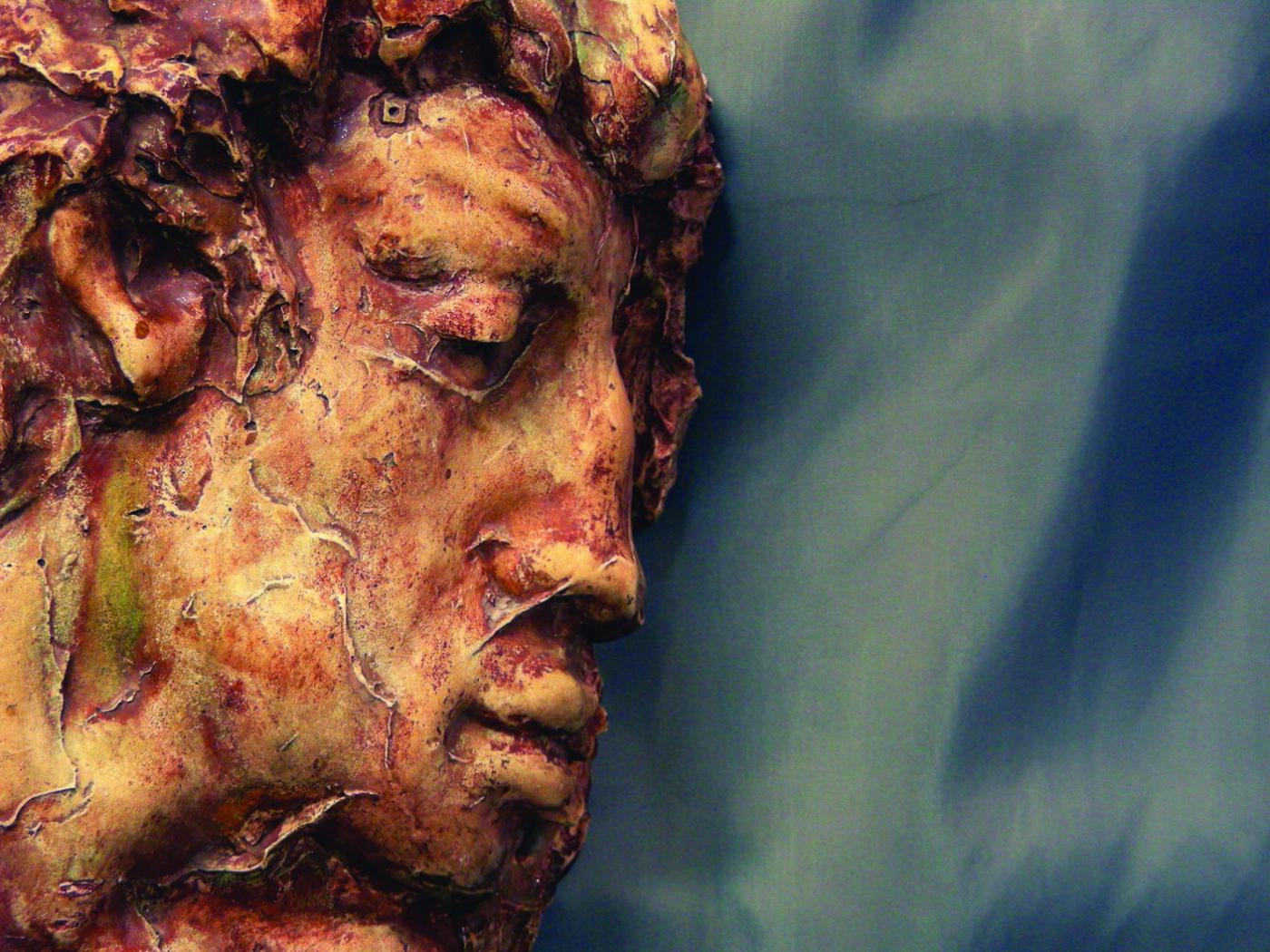
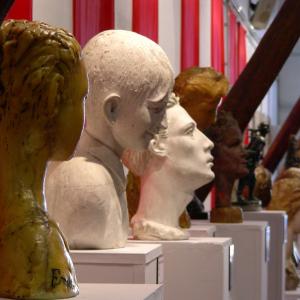
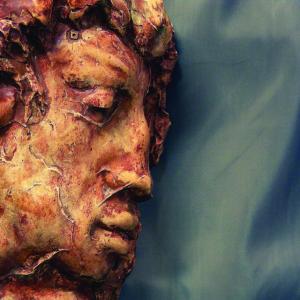
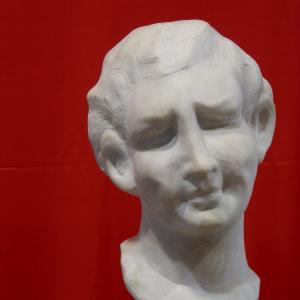
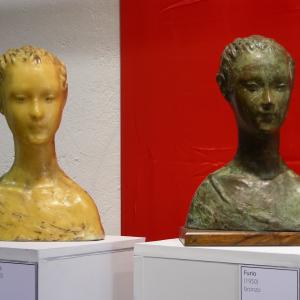
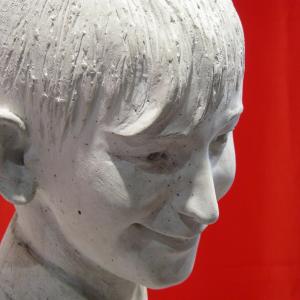
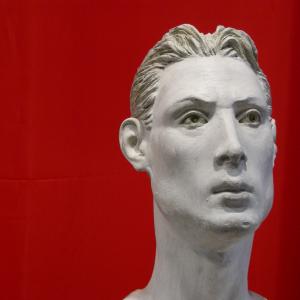
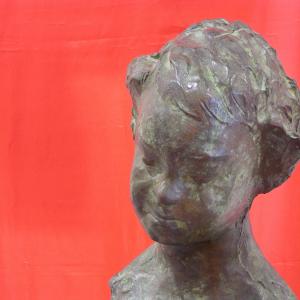
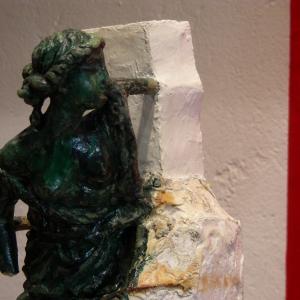

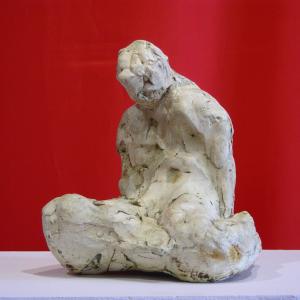
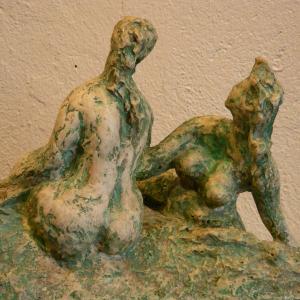
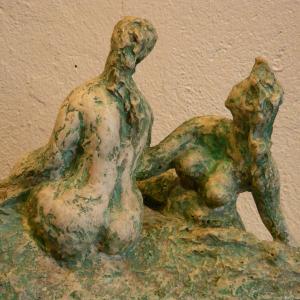

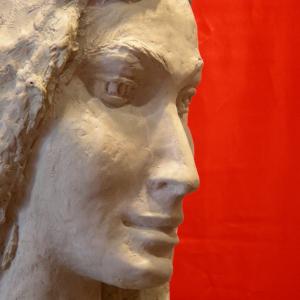
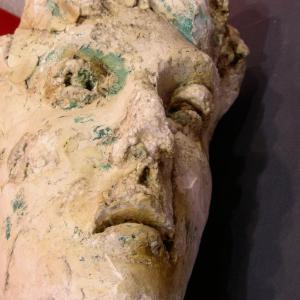
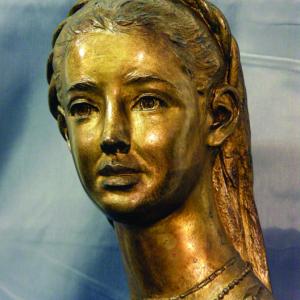






Comments 0
Say something